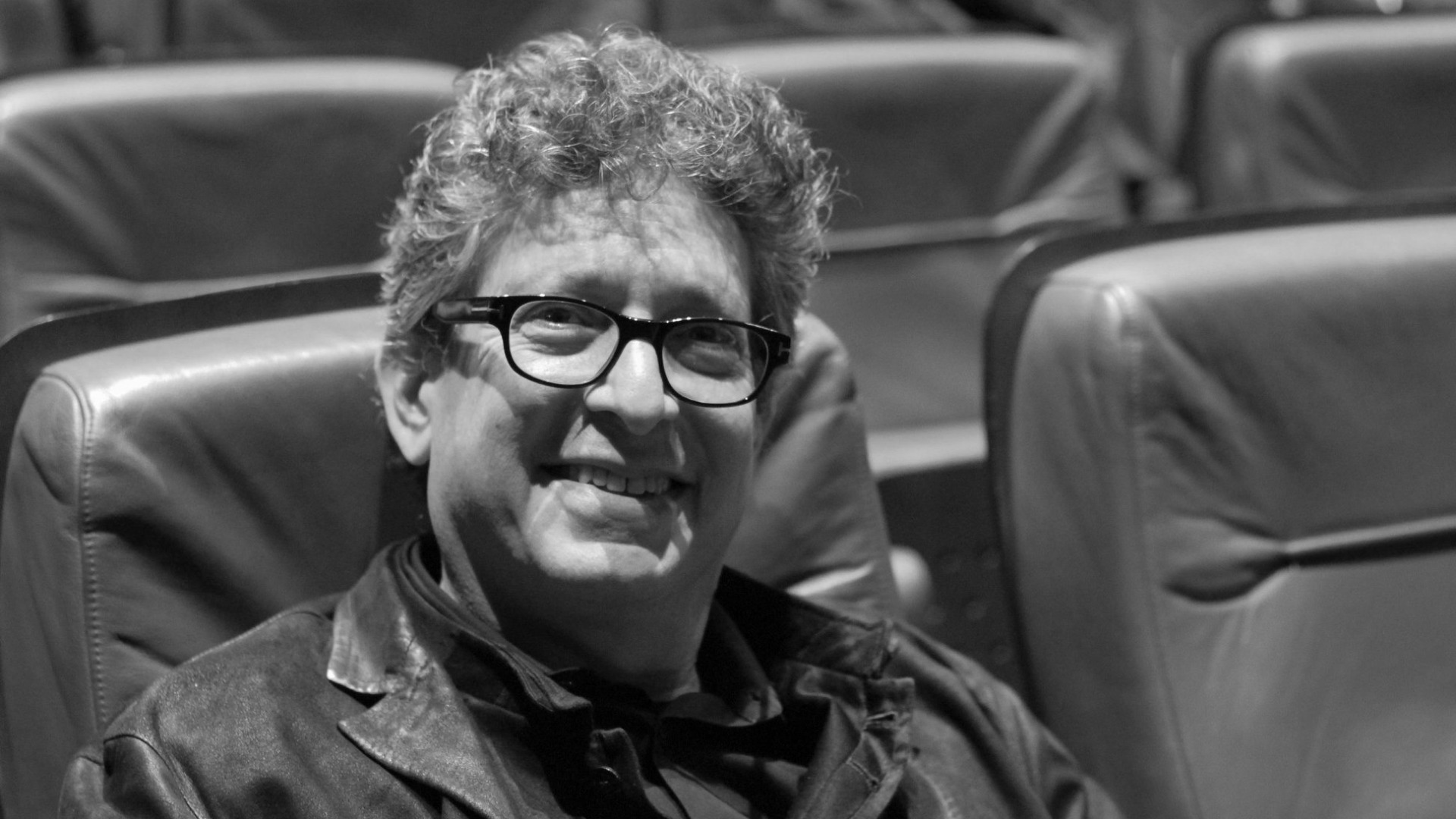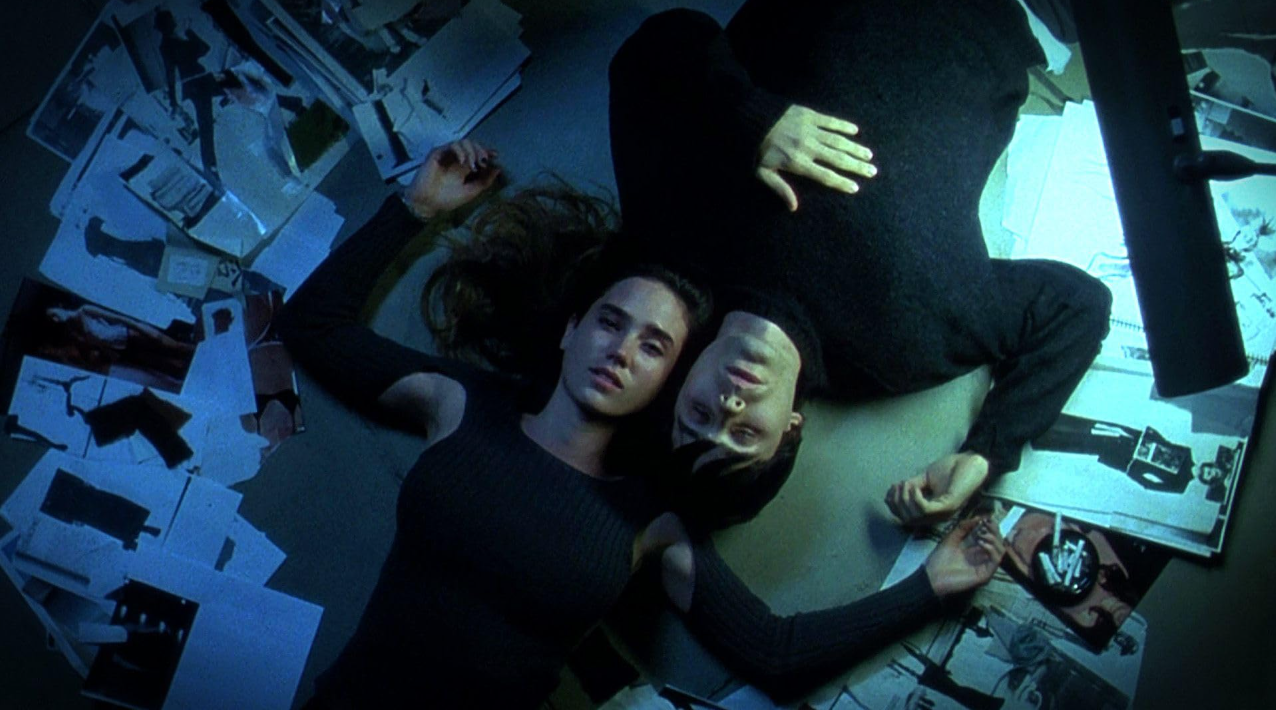Jay Rabinowitz
“The Art of Method Editing in Independent Cinema”
Jay Rabinowitz is a distinguished American film and commercial editor, renowned for his collaborations with visionary directors such as Jim Jarmusch and Darren Aronofsky. His editing prowess is evident in films like Requiem for a Dream, 8 Mile, and I’m Not There, each showcasing his ability to enhance narrative depth and emotional resonance.
„I always call Jay Rabinowitz a ‘Method Editor’ because he sort of becomes the directors he works with and absorbs our styles.” – Darren Aronofsky

Jay Rabinowitz. Source: Academia Portuguesa de Cinema
A graduate of New York University’s Cinema Studies program in 1984, Rabinowitz discovered his passion for editing during his academic journey. His career gained momentum through a longstanding partnership with Jim Jarmusch, beginning as an intern on Down by Law and later serving as assistant editor on Mystery Train. This collaboration flourished with Rabinowitz as the lead editor on films such as Night on Earth, Dead Man, and Ghost Dog: The Way of the Samurai. Their creative synergy has been instrumental in crafting the distinctive tone and rhythm characteristic of Jarmusch’s work.
Rabinowitz’s versatility extends beyond his work with Jarmusch. His collaboration with Darren Aronofsky on Requiem for a Dream earned him critical acclaim, including best editing awards from the Phoenix Film Critics Society and the Online Film Critics Society. The Motion Picture Editors Guild recognized the film as the 29th best-edited film of all time in a 2012 survey. Additionally, his work on The Tree of Life was ranked 65th in the same survey, underscoring his exceptional talent in the field.
„It really is a question of assessing the nature, rhythm and pace of the material that was shot and putting it together in the best possible way.“
Rabinowitz’s editing style is defined by his ability to adapt to the unique rhythms and tones of the directors he collaborates with. While his partnership with Jarmusch is marked by subtle, understated editing that complements the director’s laid-back, often philosophical storytelling, Rabinowitz’s work with Aronofsky reflects a stark contrast in intensity. In Requiem for a Dream, his frantic, visceral editing mirrored the harrowing descent into addiction, using rapid-fire montages, extreme close-ups, and jarring transitions to heighten the emotional impact of the film. This mastery of pacing and timing was a key element in creating the film’s sense of urgency and despair.

Requiem for a Dream. Source: IMDb
„The two men could not be more different, Darren and Jim. But they are similar in that they are single-minded in their focus and concentration on their vision. Jim’s is a very minimal style and Darren’s is a very maximal style. It is a little schizophrenic to jump back and forth between the two.”
Beyond his work with Jarmusch and Aronofsky, Rabinowitz has also contributed his talents to a wide range of projects, showcasing his ability to move between different genres and styles. Notably, his work on The Tree of Life, directed by Terrence Malick, further established his reputation as one of the most versatile and respected editors in the industry. In The Tree of Life, Rabinowitz’s editing played a pivotal role in weaving together the film’s cosmic scope and intimate human narrative, helping to convey the complex themes of creation, existence, and memory.
„No matter what the budget, on some level, it’s two people sitting in a room, trying to figure out the best way to put together the footage that’s been collected. It really is a question of assessing the nature, rhythm and pace of the material that was shot and putting it together in the best possible way, I find that the film will tell you what it wants you to do with it.“

Dead Man. Source: IMDb
With each project, Rabinowitz continues to push boundaries, creating edits that aren’t just seen, but felt. His legacy is etched in the films he’s helped define, and his work will undoubtedly continue to influence filmmakers and editors for years to come.
